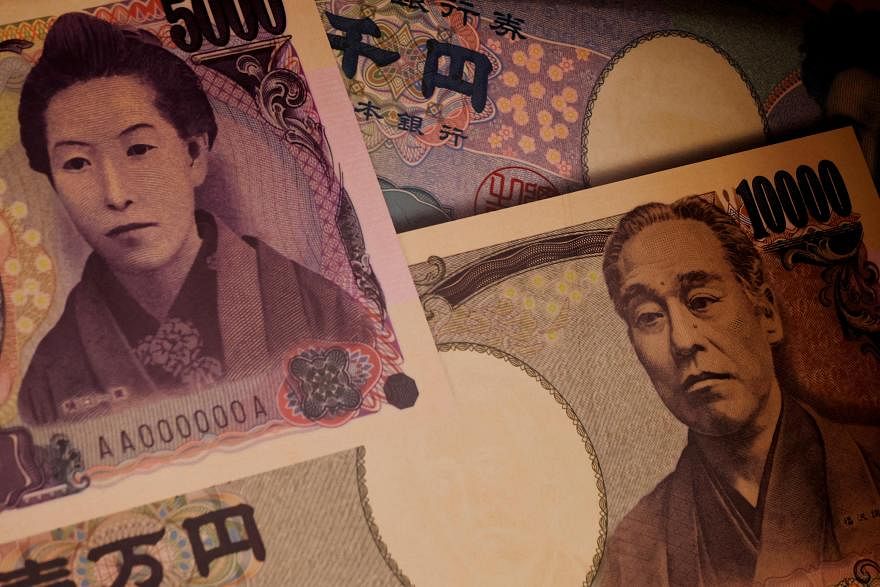THE yen continued to rise on Monday (Mar 11) as an upward revision in Japan’s growth figures bolstered investors’ bets that interest rates could increase this month, while Bitcoin hit a new record high above US$72,200.
The US dollar was last down 0.2 per cent at 146.79 yen as the Japanese currency climbed. It earlier dipped as low as 146.54, bringing it to the cusp of Friday’s five-week low of 146.48.
A growing number of BOJ policymakers are warming to the idea of ending negative rates at their Mar 18 to Mar 19 meeting, sources told Reuters, amid expectations for hefty pay rises from Japan’s biggest firms. Results of this year’s annual “shunto” wage negotiations are due on Wednesday.
At the same time, an upward revision to Japan’s economic growth last quarter meant the country avoided a technical recession, adding to the argument the economy could weather tighter policy.
“At the margin, the upward revision to GDP growth in Q4 has made market participants more confident that the BOJ will soon exit current loose monetary policy settings,” said Lee Hardman, currency analyst at Japanese bank MUFG, in a note to clients.
The US dollar index was little changed at 102.72, not far from the nearly two-month low of 102.33 reached on Friday when monthly payrolls figures signalled a cooling US labour market, keeping the Federal Reserve on track to ease policy.
Traders see June as most likely for the first cut, bets that could be moved by important consumer price index inflation data on Tuesday.
Elsewhere, crypto-mania continued, with Bitcoin rising to a new record high of US$72,259.
The cryptocurrency has been boosted by a flood of cash into new spot Bitcoin exchange-traded funds as well as hopes that the Federal Reserve will soon cut interest rates.
The euro was flat at US$1.0941 after jumping as high as US$1.0980 on Friday for the first time since Jan 12. The European Central Bank left rates at record highs on last Thursday while cautiously laying the ground to lower them later this year.
Sterling was slightly lower at US$1.2844, after pushing to the highest since late July at US$1.2890 on Friday amid bets the Bank of England will be slower to cut rates than the Fed or ECB. The British currency faces a test on Tuesday with the release of jobs and wage data.
MUFG’s Hardman said the key data points for currencies this week are the two US inflation prints – Tuesday’s consumer price index and Thursday’s producer price index.
“If inflation surprises to the upside again in February, it will be harder to judge it as just a bump in the road to slowing inflation, and provide more of a challenge to market expectations for the Fed to begin cutting rates in June,” he said.
The Australian dollar was down 0.26 per cent at US$0.6609 after jumping 1.55 per cent last week as the US dollar fell on the back of the slowdown in the labour market. REUTERS







